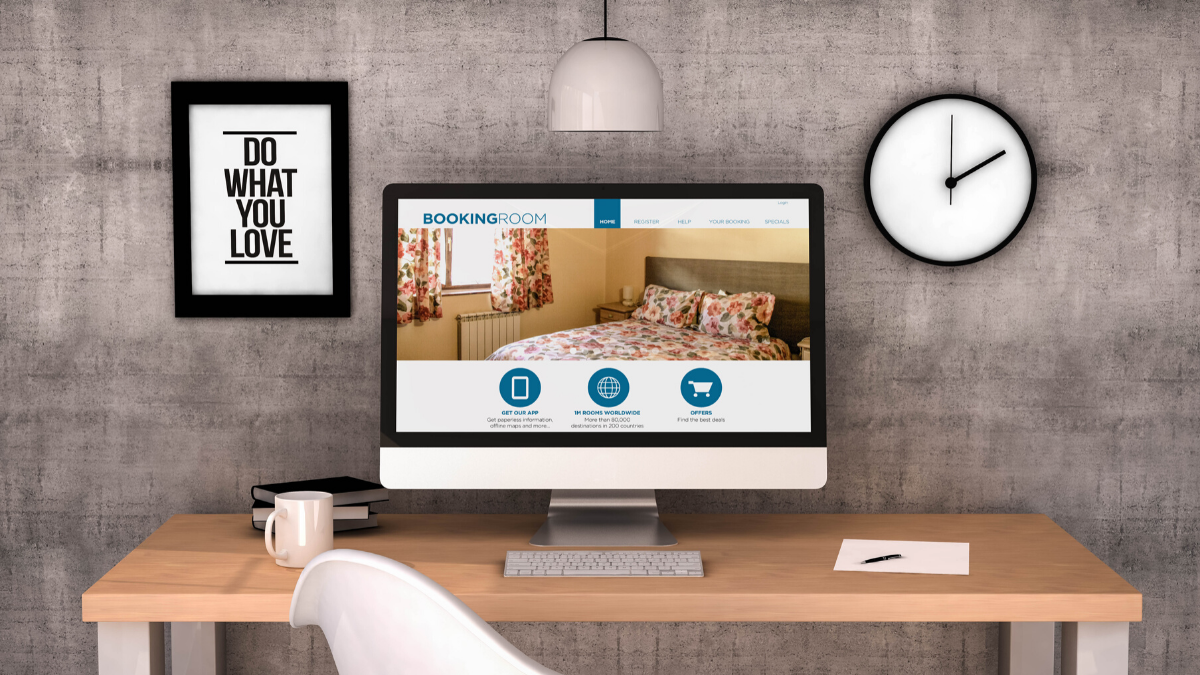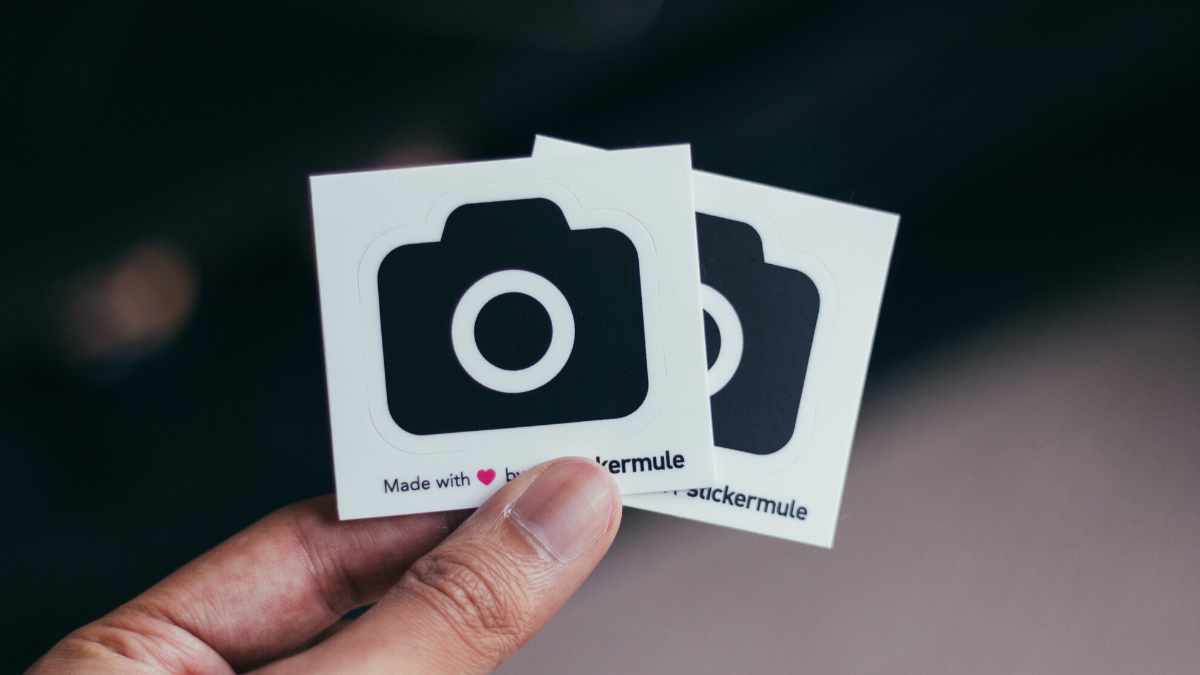In the sphere of web design, site traffic makes the world go round. An effective site is a busy site, one which sees continual waves of visitors who then go on to become consumers. Conversion is the ultimate goal for most web owners and maintainers — but in order for the conversion to reach ideal heights, there first must be a boost in traffic.
Traffic can be achieved through a number of means, most of them focused on marketing and backlinks. But if you want to grow your traffic in a more organic fashion, you can actually adapt and change your web design itself to facilitate greater numbers of visitors.
Here are four expert tips to boost web traffic by adapting your design.
1. Include Landing Pages
A landing page is basically the traffic-to-conversion journey in a nutshell. It gives you the chance to catch your audience’s attention right off the bat, offers an incentive to invest and engage, and follow through immediately.
Your well-executed landing page is the gateway to the rest of your site. If you catch the attention and interest of a visitor, they will be motivated to continue on to the main page, and even spend more time on other sections of the site.
2. Lower Load Times
If you want to see higher levels of traffic to your page, you should check out your bounce rate and analyze your load times. Slower load times lead to frustration in the visitors who actually make it to your site, and increase the likelihood that your potential visitor will back out without actually completing the visit. If you’ve ever had to sit around and wait for a site to load, especially if you’re new to the site to begin with, you’ll know the frustration it can cause.
Slower load times and higher bounce rates lead to lower traffic — and all of these factors also contribute to a lower Google Search ranking, which in turn lessens the chance that you’ll get more traffic from search engines. It’s a vicious cycle, in which each weak point leads to more weak points, and ultimately stifles the flow of traffic to your site.
If your site isn’t quick-loading and optimized, take steps to analyze what may be going wrong and fix them. Boosting your site’s loading speed will automatically increase its visibility overall, thus almost ensuring more traffic.
3. Highlight Shareables
We live in a sharing society. As of last year, almost three billion people were on social media platforms, which seem to specialize in shared content. Whether it’s a photo, a video, an article with a pithy headline, or just simple clickbait, a shareable piece of content boosts the visitors to its backlinked origin.
With that in mind, adapt your web design to highlight shareable content. You can do this in a number of ways:
- Include videos and other visual content that is set up in a way to grab the attention of the viewer.
- Use lots of headers, headings, and subheadings to highlight intriguing pieces of information, facts, or statistics.
- Include ready-made “share to social media” links at the ends of articles, especially with an attached visual that includes an attention-arresting statement or illustration.
- Infographics are some of the best ways to provide a lot of information in an easily-understood, visually appealing format. They’re also some of the most frequently shared graphic design pieces. Use them wisely within the site design and they can drive traffic.
- Brand your content. Visuals are going to be shared — it’s almost inevitable. To make sure that your visuals lead viewers back to your site, even if they are not hot-linked, include a logo or website icon, site name, or site address within the visual design.
4. Make Sure Your Site Is Responsive
A final tip is in response to the fact that more and more internet users are doing so via their smartphones and tablets, rather than more traditional web surfing via laptops and desktops. Over half the amount of current video streaming is done via mobile internet access. As of last year, there were 4,388 million active internet users worldwide— and 3,986 million people who access the internet via mobile devices.
With those numbers, it’s clear that sites need to be responsive, designed to be optimized and user friendly not just on a computer but also on a mobile phone or tablet.
Web design that doesn’t take mobile users into account risk losing those visitors due to longer loading times, clunky user interfacing, inability to navigate effectively, and poor layout adaptivity, among other problems.
On the other hand, designing your site to respond to the platform on which is being accessed shows thought, care, and consideration for all viewers. Again, it lowers the bounce rate and increases search results, boosting the stream of traffic to the site.
Whichever ways you choose to adapt your website, keep in mind that driving traffic isn’t just a matter of good marketing and SEO. Those are important factors, it’s true — but the internal design of a website can be intentionally designed to inherently boost interest, usability, and, ultimately, traffic. The best sites are well designed with all of these factors in mind, using design, marketing, and content together.
Author Bio
Alice Scott is a passionate writer and blogger who specializes in topics related to digital branding, blogging, and online business. She loves having Churros with her cat Chubby and morning walks.




